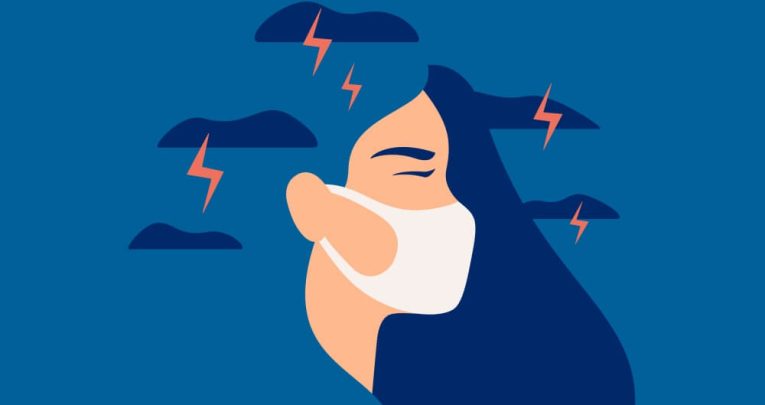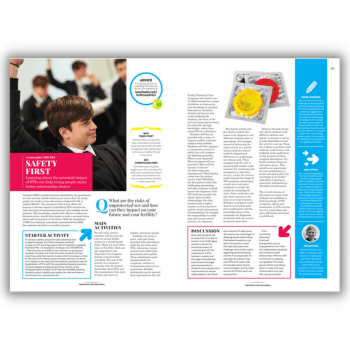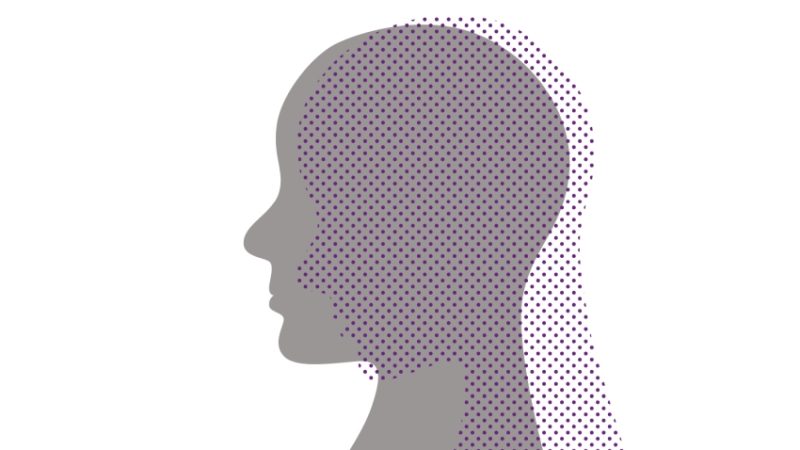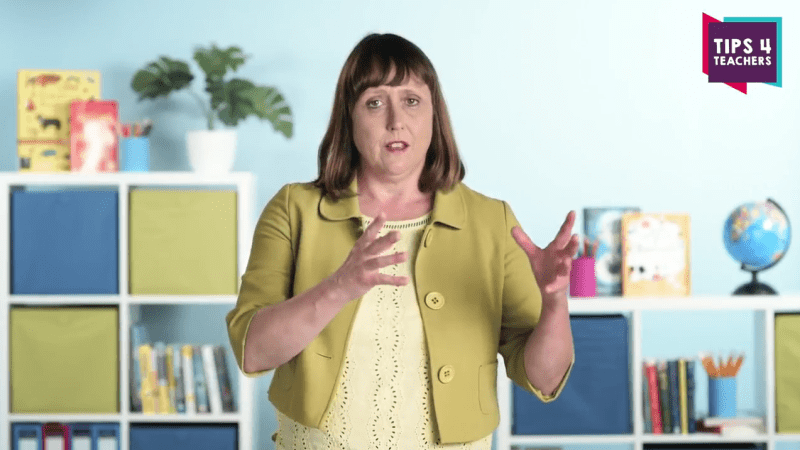COVID-19 and student mental health – Let’s ditch the despair

Sarah Standish explains why going heavy on the negative predictions concerning young people’s post-COVID mental health carries its own set of risks…

When the world dramatically changes to the point where life as we knew it is but a memory, it’s reasonable to evaluate and consider the resulting impact on the human experience.
Consequently, over the past few months we’ve been bombarded by news items informing us of the many negative ways in which lockdown and the pandemic have, and will continue to affect most areas of our lives.
More recently, headlines have described the future of our young people in damning terms – but the messages they carry may actually be harmful.
This may sound controversial coming from a professional counsellor based at a large secondary school. In my 28-year counselling career, I’ve never been more acutely aware of the losses, pressures and concerns that young people are facing. I see the impact of the pandemic on a daily basis – which is why I feel we need to be more measured and thoughtful in how we discuss and debate its impact on our children’s future.
A sense of loss
How we talk as adults trickles down to those we parent, teach, mentor, coach and support. Warnings of dire future consequences and long-term damage aren’t just negative and harmful in themselves, but can risk becoming a self-fulfilling prophecy.
That’s not to say that young people aren’t struggling, or haven’t experienced emotional issues – but in my clinical experience, such responses seem entirely appropriate and normal, given the circumstances.
The predominant challenge for young people right now would seem to be the numerous losses they have experienced. In extreme cases, this has amounted to COVID-related familial deaths that have left students grieving.
Initially, there was considerable concern within schools over how bereaved students would manage, but in my experience they have fared better than expected.
Some have been able to benefit from short-term counselling, and most have found that with time and family support, they’ve managed to cope with the resulting emotional pain. A very small percentage have required more intensive support.
This picture of the bereaved is fairly consistent with what I’d have seen pre-pandemic; being bereaved is, after all, a natural, healthy response to the loss of a loved one.
Young people have also, of course, faced extreme loss in other areas of their lives, including massive disruptions to their daily routines, an absence of structure, struggles to maintain a sense of purpose day-to-day and little face-to-face contact with people outside their immediate families – to say nothing of the extracurricular provision, trips and other activities they might have otherwise taken part in over the past year.
Developmentally, young people need access to such opportunities in order to progress and create meaning in their lives.
Taking risks, trying new things, experiencing success and failure, navigating social challenges, tolerating routines, developing discipline, discussing their ideas – all are necessary for growth, maturity and development, and our young people’s ability to eventually develop confidence, resilience and positivity concerning their abilities and futures.
Changes versus diagnoses
Moreover, young people need the physical freedom to move around, be active, control their changing bodies, compete with peers and explore their sexuality. Limiting these necessary freedoms has caused some young people’s social, emotional and intellectual development to be stunted or slowed.
Connecting with similarly- aged peers is essential for young people’s wellbeing. Many students have asserted that not being able to see their friends has been the hardest aspect of the pandemic to deal with, so we weren’t surprised when our students greeted their return to school enthusiastically.
Concerns remain over their academic progress, but it’s been encouraging to see the students quickly getting stuck back into their school and social lives, and the positive impact this has had on their emotional wellbeing.
At the same time, however, I’ve also seen an increase in requests for counselling support from both students and parents. Students with pre-existing mental health diagnoses have experienced a higher incidence of worsening symptoms and/or crisis.
I should clarify at this point that a ‘diagnosis’ is far more significant than a ‘mental health change’. A diagnosis requires comprehensive evaluation by a team of experts, and is usually completed by a local CAMHS team.
This is why I struggle when I see people using such terminology loosely, since changes to mental health in a pandemic are normal, whereas a mental health diagnosis is a long term health condition.
Many children have, and will continue to experience mental health changes; I very much doubt that we’re going to see a soaring number of new diagnoses.
Emerging trends
That said, there have been several emerging patterns that are worth acknowledging. For one thing, I’ve witnessed more young people struggling with eating issues and disordered eating, which I attribute to higher levels of anxiety, lack of routine, infrequent exercise and the social aspect of enjoying food.
Extended periods of eating problems will eventually lead to mental health and physical concerns.
GPs and local CEDS (Community Eating Disorders Services) have been a reliable resource for evaluations – though again, a very small percentage of young people have been diagnosed with eating disorders. Others have benefited from family support, nutritional guidance and a return to school and social life.
Another emerging trend has been the way in which extended periods of isolation appear to have increased the prevalence of suicidal thoughts. To be clear, this is a very concerning development, but one which may be a natural response to extended periods of lockdown and lack of stimulation.
Disturbing and concerning though that is, it’s my experience that creating space for young people to discuss such thoughts and feelings is the most effective way of dealing with them.
There are extensive resources available to those in serious crisis, but options for in-person support remain limited for now. Once the NHS fully reopens the doors to all of its services again, young people will be able access the vital support they need.
A message of hope
A recent Academy of Ideas Forum discussed these matters at length, and a number of ideas for the future were considered.
The consensus was that it was critical for young people to resume their education in school, and reconnect socially with their peers.
I would go further, however, in saying that it’s critical for us, as adults, to offer messages of hope and positivity. Life has undeniably changed due to the pandemic, but young people shouldn’t be denied opportunities to thrive academically, socially and physically.
I therefore encourage anyone in regular contact with young people to inject messages of hope into your interactions. You’ll soon find that young people have been craving such messages, and that hearing them will help them persevere and thrive moving forwards.
I would also encourage schools to re-establish circumstances in their settings that are as near to normal as possible.
Where it’s practical to do so, rolling back some of the more extreme COVID related measures in the classroom during extra-curricular, play and social activities will help generate the sense of optimism and re-engagement our young people will need to rise above this difficult time.
Sarah Standish is a school counsellor at Nower Hill High School, Pinner.












